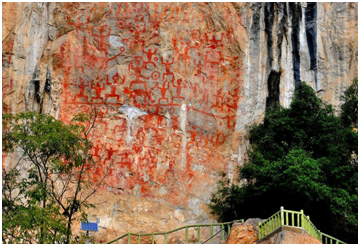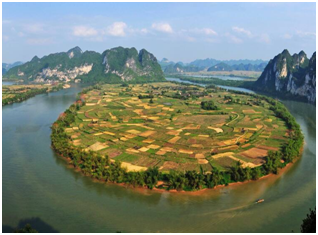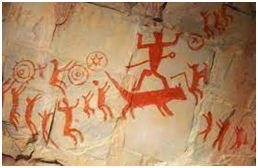Abstract / Resumen
ToggleAs usual we finish our S3 Newsletter with some articles not so closely related to the business world.
Specifically, this time we continue with both the list of big (but little known) Chinese cities and the list of the ten most beautiful national parks in China.
And with the Christmas season coming to an end, we once again remember the less privileged and our annual collaboration with the NGO ‘Les Enfants de la Rue’ in Kinshasa, D.R. Congo.
1. Big, yet little know cities in China
After locating Wuhan (central), Shenyang (northeast), Guiyang (southwest), Shaoxing (east), Chengdu (west), Fuzhou (southeast), Hainan Island (south), Xi’an (northwest), Nanjing (east), Kunming (southwest), Harbin (northeast), Lhasa (southwest), Changsha (south-central) and Suzhou (east) on the map, Kunming (southwest), Harbin (northeast), Lhasa (southwest), Changsha (south-central), Suzhou (east) and Macau (south) on the map, we turn to the northwestern part of the country, where we find the capital of Inner Mongolia: Hohhot.

Hohhot was originally an oasis in the Mongolian desert that developed into an important city during the Ming dynasty (circa 1500).
Today, as the capital of the province of Inner Mongolia, it is the administrative seat for a region of some 24 million people, 3 millions of whom live in Hohhot itself.
The city’s name means ‘Blue City’ in the Mongolian language, specifically referring to heaven, eternity and purity.
Although it is a Chinese province, there are many references to neighbouring Mongolia and its history linked to, among others, the famous conqueror Genghis Khan, who initiated the creation of one of the greatest empires in the history of the planet.


Although the vastness of the province has always offered great possibilities for agriculture, it was the abundance of energy and mineral resources that boosted the economic activity of the area, especially the mining of several of the so-called ‘rare earths’, which are so highly valued geopolitically in today’s world.
2. The ten most beautiful national parks in China
We continue our series presenting the 10 most beautiful national parks in China (again, out of a total of 225 candidates).
Close to the Vietnamese border, in the southern province of Guangxi, is a place of great interest, although it is not strictly speaking a national park as such.
On the banks of the Ming River is the Zuojiang Huashan rock art complex, of incalculable value and of great relevance for researchers of rock art.


The main area is 170 metres wide and 40 metres high, and is located very close to the river itself.
It contains about 1,900 images, divided into more than 100 groups of drawings. They depict human and animal figures, along with Bronze Age drums, knives, swords, bells and boats. Some of the human representations are up to three metres high.
The paintings were thought to date from 1800 to 2500 years ago (between the 5th century BC and the 2nd century AD).
However, recent carbon dating suggests that the oldest paintings were made around 16,000 years ago, while the most recent ones are around 700 years old.
In any case, a spectacle worthy of an in-depth visit.

3. Solidarity with ‘Les Enfants de la Rue’ in Kinshasa, D.R. Congo
The Christmas season and a new year full of good intentions also obliges us to remember those who do not have as much as we do.
For this reason, as we have been doing for almost a decade, the S3 Group team has once again shown its most supportive side with the NGO that takes care of street children in the Congolese capital, Kinshasa.


This is an initiative that we know first-hand and in which we are confident that our contribution will have a direct and tangible impact.
Do not hesitate to ask for more information and even – why not? – make a personal contribution!












